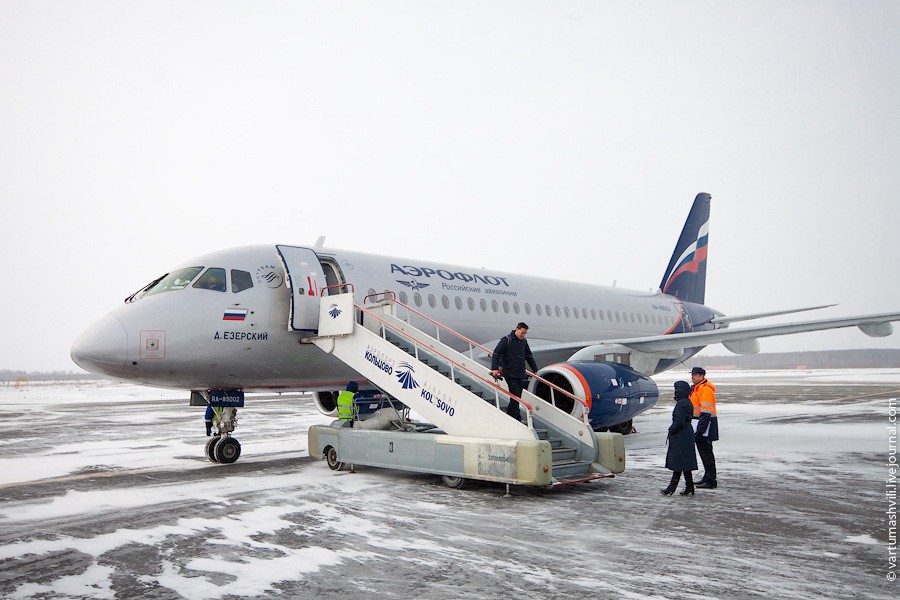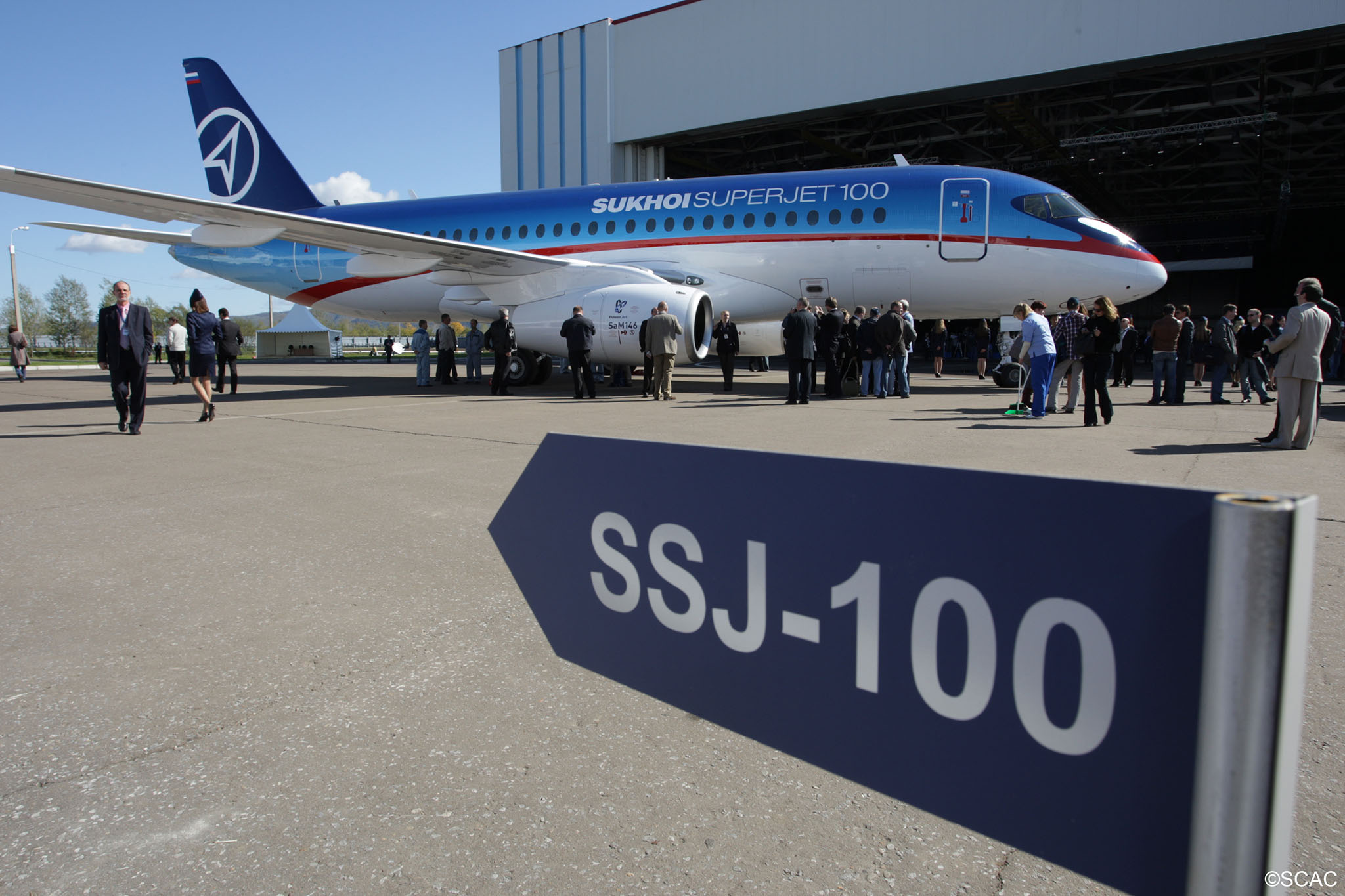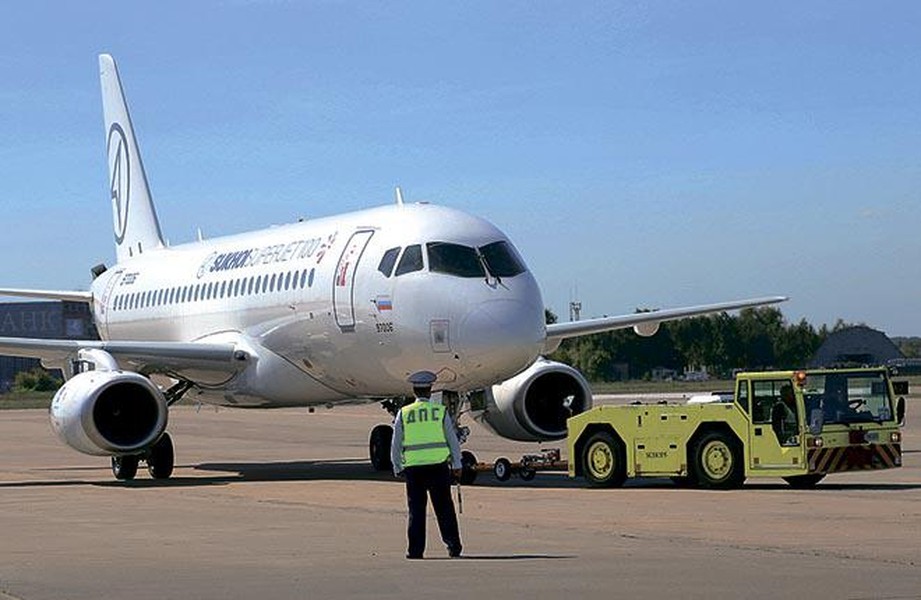Moscow is establishing a self-sufficient aircraft industry, exceeding that of China
The first flights of the MS-21 and SSJ-100, which will replace foreign aircraft with homegrown engines, are slated to take place next year.
The Russian Minister of Industry and Trade, Anton Alikhanov, has stated that the PD-14 engine is ready and certified for the MS-21, and that flights with the new “heart” will begin soon

Russia’s competencies in a self-sufficient aircraft industry
This event will be a watershed moment in Russia’s ability to not only design and manufacture modern passenger airplanes, but also to produce them totally from domestic components, thereby removing reliance on Western suppliers.
The Russian Minister of Industry and Trade, Anton Alikhanov, has stated that the PD-14 engine is ready and certified for the MS-21, and that flights with the new “heart” will begin soon. Initially, MS-21 deliveries to airlines were scheduled to begin in 2022, but Western sanctions compelled Russia to make its own changes.
Reasons behind the delay in establishing a self-sufficient aircraft industry
The delay is mostly due to the requirement to replace all imported parts and assemblies, including composite materials, which necessitates additional testing and certification. Once these processes are finished, the aircraft will be turned over to the customer. The last stage of the “fully” indigenous MS-21 certification procedure is projected to be completed by 2025, with the first ten production aircraft entering service.
At the same time, short-haul SSJ-100 aircraft with PD-8 engines are being prepped for flight. If the local engine was designed from the ground up for the MC-21, this is a new assignment for Superjet, which will require a significant amount of import substitution.
However, significant technical obstacles have been rectified, and testing of the PD-8 in the “flying laboratory” will begin soon. Next year, the engine is planned to be tested on the aircraft.
Effective at establishing a self-sufficient aircraft industry
As part of Russia’s aviation development policy, work is underway to build a high-thrust PD-35 engine for wide-bodied passenger aircraft. The project is planned to be fully executed during the next decade; the primary challenges are related to the development of new materials and technologies.

Work in this direction is currently underway, and financing has been partially included in the budget. At the same time, demand for such vehicles is quite low: for every 100 wide-body aircraft, there are approximately 500 narrow-body aircraft, or roughly one in every five.
So far, ten MS-21s have been manufactured, however deliveries to airlines have been delayed until certification is finished. The facilities are capable of producing up to 36 aircraft per year, but it will take at least 3-4 years to achieve that capacity. With expanding demand, Irkutsk’s capacity might be increased to 80 planes per year.
Moscow surpasses China in establishing a self-sufficient aircraft industry
The globe is controlled by American Boeing and European Airbus, while Chinese advances such as the Comac C919, while appearing competitive, rely heavily on imported Western technology. If China faced sanctions, its aviation industry would almost surely suffer due to a lack of domestically built engines.
The Russian Federation, with its own technological basis, is attempting not just to withstand the pressures of sanctions, but also to maintain long-term independence. The MS-21 and SSJ-100 represent advances toward establishing a sustainable and self-sufficient aviation sector.
Learn More:
Enhance Public Awareness About Aviation Safety 2024
Freight service between Washington, USA, and Ho Chi Minh City

